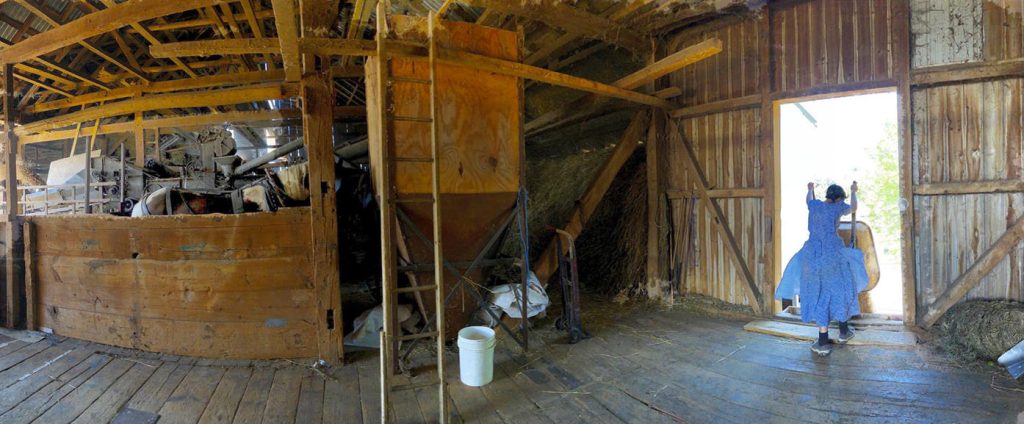
Written by Art Petrosemolo
Friends. I haven’t been on vacation the past few weeks. I just haven’t had anything interesting to write about. Well that changed fast recently.
Just after Independence Day, Tina and I made the long trip (265 miles) to the Finger Lakes and Skaneateles. In my other life, I am a nautical photographer and I was asked to be the photographer of record for the International Lightning Class 80th anniversary regatta. I have photographed regional, national and international Lightning events throughout the country for the past 20 years.
I took comfort as I drove up Interstates 476 and 81 into New York State that here was a boat that actually was designed and built for the first time (1938) before I was born. There are more than 100 Lightning fleets worldwide and the 19-foot one-design racing sailboat was the concept of legendary (late) marine architect Olin Stephens.
The boat was built at the long-gone Skaneateles Boat Works but hull #1 was bought and restored by the International Lightning Fleet and donated to the Mystic (CT) Seaport and then loaned by them to the Skaneateles Historical Society. There was a reception there one evening during the regatta and it was eye-opening to see the first hull in a line of boats that now stretches to hull numbers in the 16,000s.
There were 80 boats in the regatta with some historic boats built in the 1940s. The big boys raced boats with sail numbers in the 15000s. There were five races in four separate fleets over three days.
The organizers provided me with a boat and a driver and I was able to get some wonderful photos. And the chief race official—who also was a photographer—took a terrific photo of me working from the committee boat. In 20-plus years of doing this, it is the best photo I have had taken of me on the water. I am making a big print for my man cave.
So, I get back home on July 9th and finish up processing all the sailing images and decide to visit my Old Order Mennonite friends (the Hoovers) at their New Holland farm(s). When I get to the Country Lane farm, the daughters say I have to get over to the homestead on Reidenbach Road as everyone is involved in the wheat harvest. Heck, I saw the tobacco harvest last summer/fall, what could be different about wheat? I dragged my feet for a couple of minutes and the girls pushed me back to the car. I’m glad they did.
When I arrived at the homestead farm, it was a whirl of activity. All the adult sons (four), two adult daughters, Mr. Hoover (older than my 75) and three Mennonite neighbor kids (ages 15-17), were rotating between the field and the barn. They were all involved in the multiple step wheat harvest. As usual, I was overwhelmed at the activity. I had learned that one of the major causes of farm deaths is thresher accidents and after just a few minutes of watching, I understood why.
If you come from a farm background, I am not telling you something you don’t know, but if you have never seen a wheat harvest on a Plain family farm, you probably wouldn’t believe it.
First, two or three of the men (and boy) took a large farm wagon pulled by a two-horse team into the field and using pitch forks, loaded hay (previously cut and bundled) into the back of the wagon. It took maybe 20 minutes to fill the wagon and as soon as they headed to the barn, an empty wagon was returning to pick up the next load.
The wagon was driven into the bank barn following the horses and stopped so the wagon was next to the thresher machine. The thresher was powered by a gasoline engine that used long belts to drive the thresher machinery. This is the process of loosening the edible part of cereal grain (or other crop) from the scaly, inedible chaff that surrounds it. At the same time, in the process, winnowing, takes place which separates the loosened chaff, also called straw, from the grain and it gets shot out a pipe into the hay loft where it is compressed (by a horse walking on it) and stored for winter bedding for the animals.
It was 90 degrees at the Hoover farm and no one stopped even for a drink of water. The wagon was unloaded by one son onto the thrasher feeder. At the other end Mr. Hoover and one of the kids filled wheelbarrows with the separated grain while the straw was blown to the second level where two of the adult children (wearing masks for this dirty job) kept the horse moving while spreading hay across the upper level.
And when one wagon was unloaded, the second was there ready. On this hot day, the family was processing grain from a three-acre plot of land. It produced some 380 bushels of wheat grain that probably will sell for between $3-$5 a bushel.
I took some wonderful photos, including a panorama of the barn from the wheat being loaded into the thresher to the wheelbarrow being dumped into a holding hopper to be taken to the mill. I also got really close to the pipe spitting out grain to take some back-lighted photos of the Mennonite friend who was helping. I was covered in straw and had to take my shirt off and stand in front of a big fan to blow it off. The threshing photos have quickly have become some of my favorites.
So, never again will I say my Lancaster farming education is done. It seems I can’t turn around these days without running into something new to write about. I am pretty sure some of my threshing photos will appear in an upcoming issue of Lancaster Farming.
